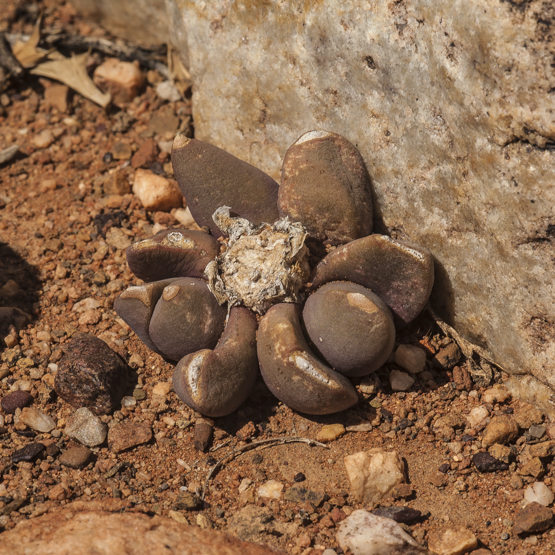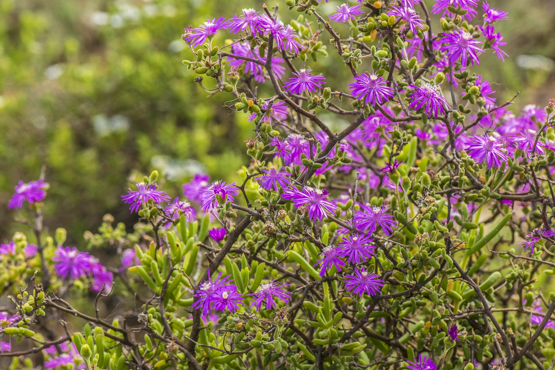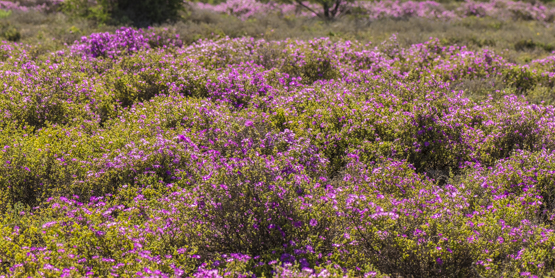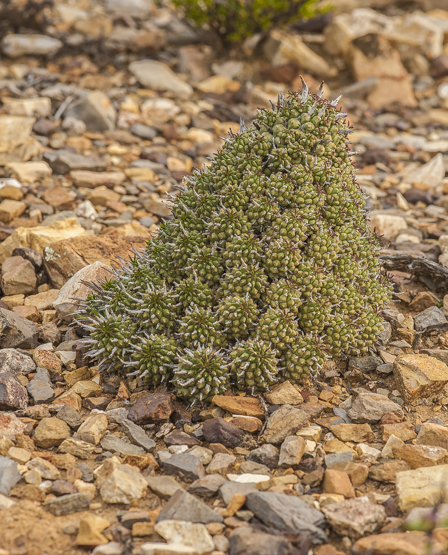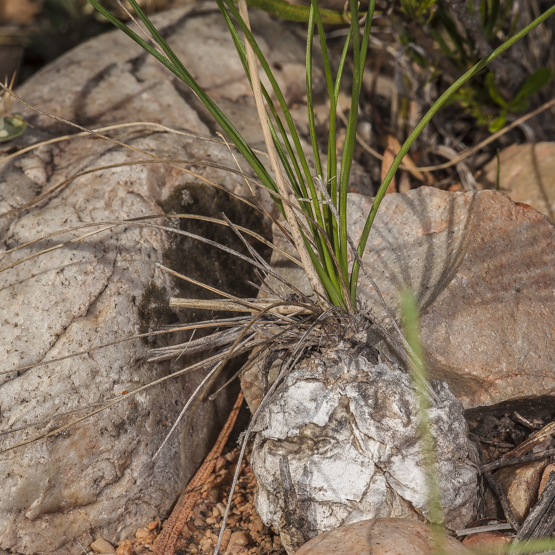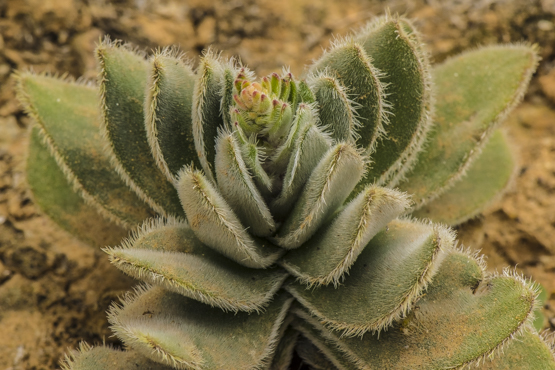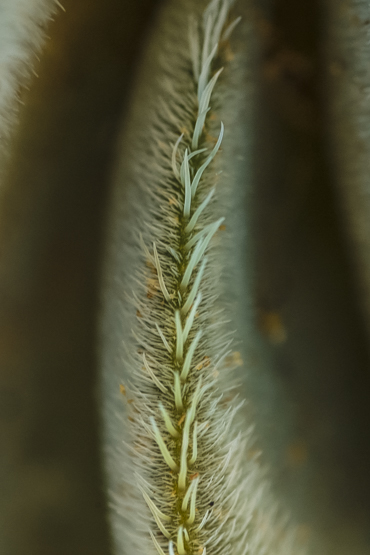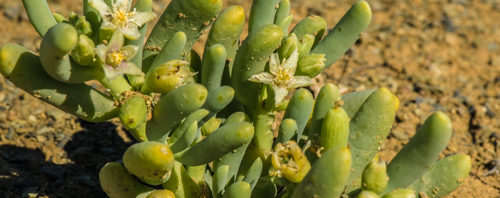In the wild, this taxon is rare and endangered by both habitat degradation (as a result of overgrazing) and harvesting (for medicinal purposes).
Plants are found in the Little Karoo from Montagu to near Uniondale and in the southern Great Karoo from Matjiesfontein to Gamkapoort and Klaarstroom; they usually grow inside bushes.
The plants have few to many stems (3-6 cm in diameter) and form shrubs up to 80 cm tall and 2 meter across.
Flowers mainly appear in the upper part of the stem and have a nasty smell; they are 1.6-2 cm across and pinkish brown to very dark purplish brown, with a raised annulus.
My good friend George Hattingh of Calitzdorp, with whom I have spent many wonderful hours in the field, has kindly given me permission to make use of his pictures as and when needed, for which I am very grateful.





